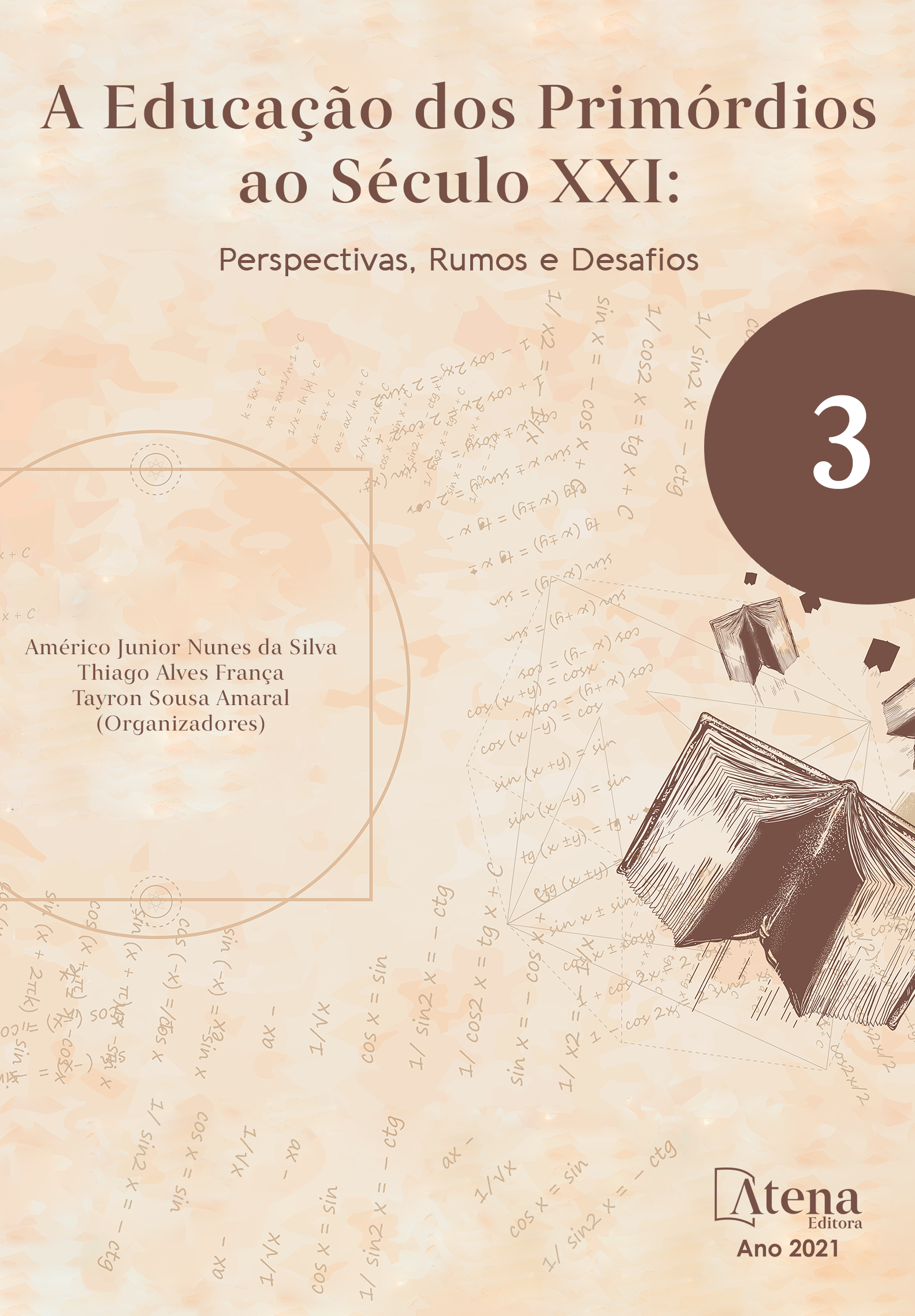
A MÁQUINA RECUOU UM PASSO! SOROBAN – FERRAMENTA PEDAGÓGICA DE CÁLCULO
O conhecimento matemático se fez presente ao longo da história da humanidade. Entretanto, a transmissão deste conhecimento de forma simples e atrativa tem-se provado desafiadora frente a atualidade. Para representar e solucionar problemas de cálculo, há diversos recursos que trabalham os conhecimentos matemáticos necessários; contudo, são poucas as ferramentas pedagógicas manipulativas. O Soroban, também conhecido como Ábaco Japonês, é uma ferramenta de cálculo interativa e milenar e tem como princípio fundamental o raciocínio lógico por meio de movimentos, regras e registros que estimulam o cálculo mental. Sua aplicação é reconhecida no apoio à alunos com deficiências visuais, mas as suas contribuições como instrumento de ensino matemático vão além. O presente estudo questiona que há poucos relatos da prática do Soroban e de seu impacto pedagógico e neural. Assim, teve como objetivo a investigação do uso do Soroban no ensino da matemática, e levantar suas outras possibilidades. Ao realizar a revisão bibliográfica, e também sondagem com alunos de uma universidade particular no curso de Pedagogia, e acumular vivências como educadores de Soroban, os autores constataram que há uma escassez de diretrizes e capacitação para estes futuros docentes. Para um melhor aproveitamento deste material se mostra necessário mudanças na formação educacional e, implementação pedagógica do Soroban. O cenário pode ser revertido uma vez que o Soroban se mostrou fundamentado em processos cognitivos e pedagógicos estimulando, assim, o desenvolvimento neural.
A MÁQUINA RECUOU UM PASSO! SOROBAN – FERRAMENTA PEDAGÓGICA DE CÁLCULO
-
DOI: 10.22533/at.ed.4722108035
-
Palavras-chave: Soroban – Aprendizagem – Funções cognitvas – Neuroplasticidade – Formação continuada
-
Keywords: Soroban - Learning - Cognitive functions - Neuroplasticity - Continuing education
-
Abstract:
Mathematical knowledge has been present throughout human history. However, the transmission of this knowledge in a simple and attractive way has proved challenging in the face of the present. To represent and solve calculus problems, there are several resources that work with the necessary mathematical knowledge; however, there are few manipulative pedagogical tools. Soroban, also known as Japanese Abacus, is an ancient and interactive calculation instrument and has as its fundamental principle logical reasoning through movements, rules and records that stimulate mental calculation. Its application is recognized in supporting visually impaired students, but its contributions as a mathematical teaching tool go further. The present study questions that there are few reports on the practice of Soroban and its pedagogical and neural impact. Thus, it aimed to investigate the use of Soroban in the teaching of mathematics, and to raise its other possibilities. When carrying out the bibliographic review, and also surveying students from a private university in the Pedagogy course, and accumulating experiences as educators in Soroban, the authors found that there is a shortage of guidelines and training for these future teachers. For a better use of this material, changes in educational training and pedagogical implementation of Soroban are necessary. The scenario can be reversed once Soroban proved to be based on cognitive and pedagogical processes, thus stimulating neural development.
-
Número de páginas: 15
- José Ricardo Nunes de Macedo
- Margarete Ligia Pinto Vieira
- Magali Luci Pinto


